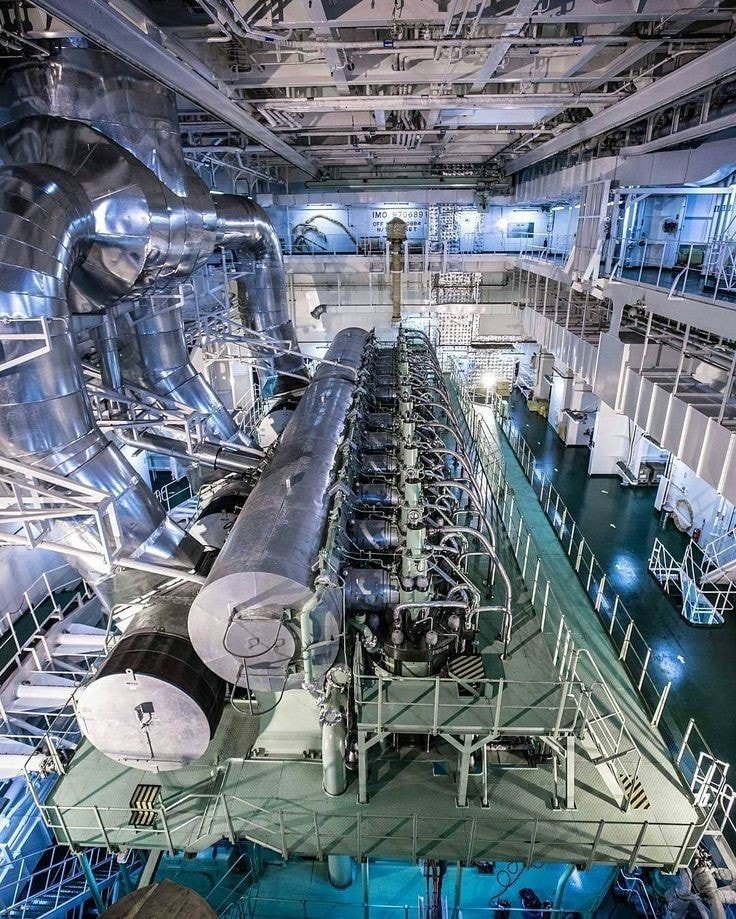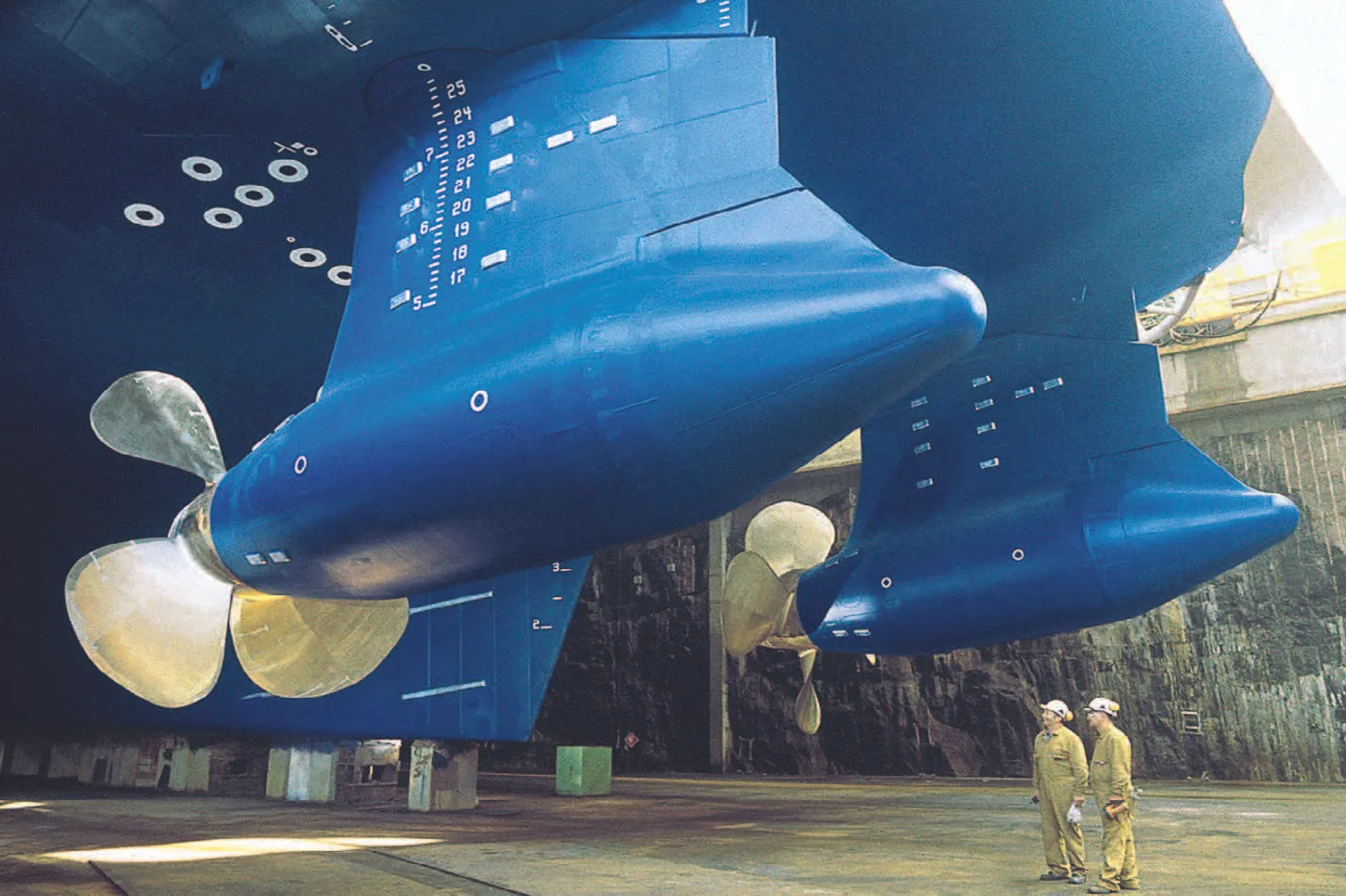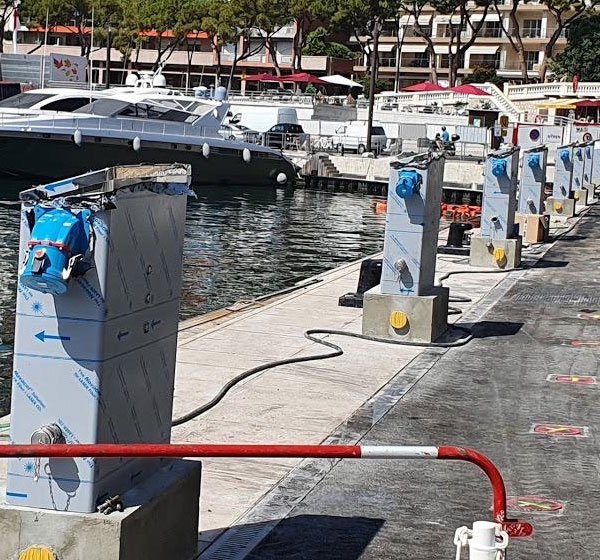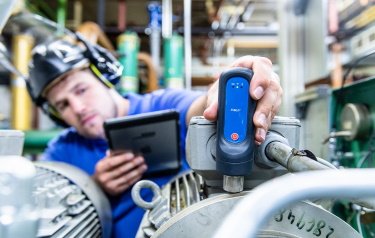
Contents
- Introduction
- Function of Marine Exhaust Gas Systems
- Design and Components of Marine Exhaust Gas Systems
- Scrubber Systems: An Introduction
- Types of Scrubbers
- Benefits and Challenges of Scrubber Systems
- Rise of Scrubber Installations
- Conclusion
1. Introduction
Marine exhaust gas systems play a critical role in maritime vessels, ensuring the safe and efficient expulsion of exhaust gases produced by the combustion engines. These systems are designed not only to manage the emission of gases but also to comply with international environmental regulations aimed at reducing air pollution from ships.
2. Function of Marine Exhaust Gas Systems
The primary function of marine exhaust gas systems is to:
- Safely expel exhaust gases generated by the main engines, auxiliary engines, and boilers.
- Reduce harmful emissions, including nitrogen oxides (NOx), sulphur oxides (SOx), carbon dioxide (CO2), and particulate matter (PM).
- Enhance engine efficiency and longevity by managing backpressure and reducing corrosive wear.
3. Design and Components of Marine Exhaust Gas Systems
The design of marine exhaust gas systems involves several critical components that work together to achieve these functions:
- Exhaust Manifold: Collects exhaust gases from multiple engine cylinders and directs them into a single exhaust pipe.
- Turbocharger: Utilizes exhaust gas energy to increase engine efficiency by forcing more air into the combustion chamber.
- Exhaust Gas Boiler/Economizer: Recovers heat from the exhaust gases to produce steam for auxiliary purposes, improving overall energy efficiency.
- Muffler/Silencer: Reduces the noise produced by exhaust gases.
- Exhaust Gas Scrubber: Removes pollutants, particularly sulphur oxides, from the exhaust gases to comply with environmental regulations.
- Exhaust Gas Piping: Channels exhaust gases from the engine to the atmosphere, incorporating various components along the way.
4. Scrubber Systems: An Introduction
Scrubbers are an essential modification to traditional marine exhaust gas systems, designed specifically to reduce sulphur oxide (SOx) emissions from ships. These systems have become increasingly prevalent due to stricter environmental regulations, such as the International Maritime Organization’s (IMO) 2020 sulphur cap, which limits the sulphur content in marine fuels to 0.5%.
5. Types of Scrubbers
- Open Loop Scrubbers: Use seawater to wash exhaust gases, neutralizing sulphur oxides. The treated water is then discharged back into the sea.
- Closed Loop Scrubbers: Use freshwater mixed with an alkaline substance to scrub exhaust gases. The scrubbing water is continuously recirculated, and contaminants are collected and disposed of at port.
- Hybrid Scrubbers: Combine both open and closed loop systems, allowing flexibility depending on environmental regulations and water availability.
6. Benefits and Challenges of Scrubber Systems
Benefits:
- Compliance: Enable ships to comply with international sulphur emission regulations while continuing to use high-sulphur fuel oil (HSFO).
- Cost Savings: Allow the use of cheaper HSFO instead of more expensive low-sulphur fuels.
- Environmental Protection: Significantly reduce SOx emissions, contributing to better air quality and less acid rain.
Challenges:
- Initial Investment: High upfront costs for scrubber installation.
- Space and Weight: Scrubber systems can be large and heavy, impacting ship design and cargo capacity.
- Maintenance: Require regular maintenance and monitoring to ensure efficient operation.
- Disposal of Waste: Managing and disposing of scrubber wash water and sludge can be challenging, especially in port areas with strict discharge regulations.
7. Rise of Scrubber Installations
The adoption of scrubber systems has surged in response to the IMO 2020 sulphur cap. Many shipping companies have chosen to retrofit their vessels with scrubbers to comply with the new regulations while maintaining operational cost-efficiency. This trend has led to increased demand for scrubber manufacturing and installation services, with shipyards and manufacturers scaling up their capabilities to meet this demand.
Key manufacturers of marine exhaust gas scrubbers include:
- Wärtsilä
- Alfa Laval
- Yara Marine Technologies
- Ecospray Technologies
- DuPont
These companies offer a range of scrubber solutions tailored to different vessel types and operational requirements.
8. Conclusion
Marine exhaust gas systems are vital for managing emissions from maritime vessels, ensuring compliance with environmental regulations, and improving engine efficiency. The integration of scrubber systems has become a popular solution for reducing sulfur oxide emissions, driven by the IMO 2020 sulfur cap. While scrubbers present certain challenges, their benefits in terms of compliance and cost savings make them a valuable investment for the shipping industry.
For more detailed insights into marine exhaust gas systems and the latest trends in maritime technology, visit maritimehub.com




